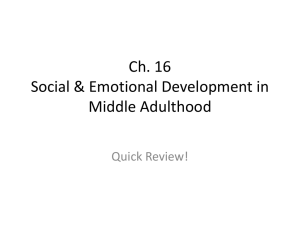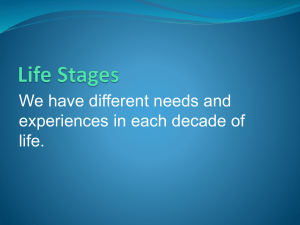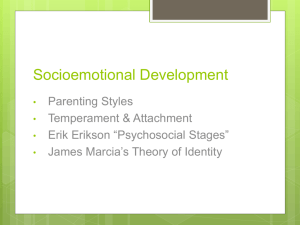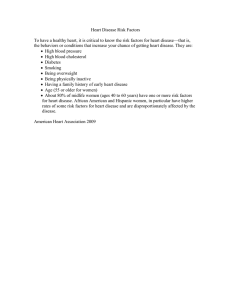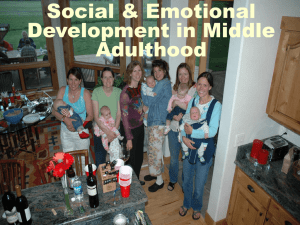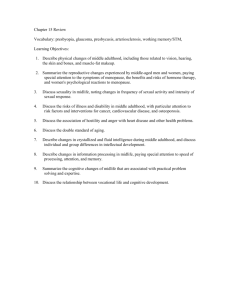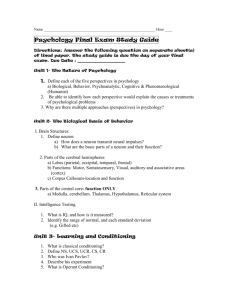Study Guide Final - Dr. Jennifer Vonk
advertisement
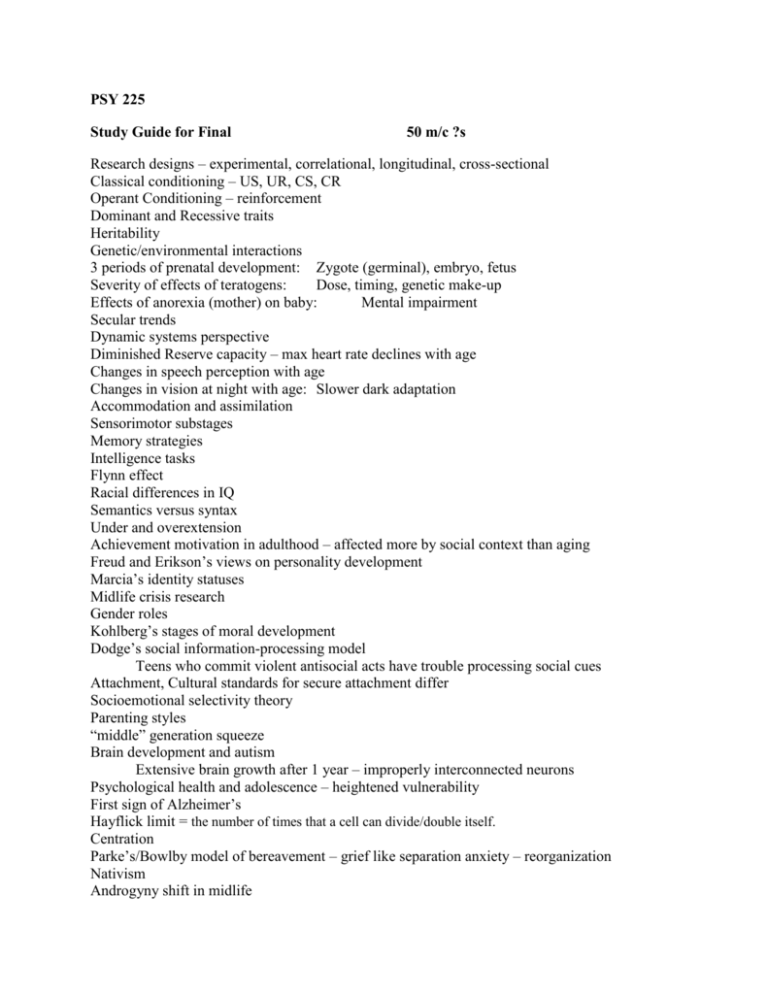
PSY 225 Study Guide for Final 50 m/c ?s Research designs – experimental, correlational, longitudinal, cross-sectional Classical conditioning – US, UR, CS, CR Operant Conditioning – reinforcement Dominant and Recessive traits Heritability Genetic/environmental interactions 3 periods of prenatal development: Zygote (germinal), embryo, fetus Severity of effects of teratogens: Dose, timing, genetic make-up Effects of anorexia (mother) on baby: Mental impairment Secular trends Dynamic systems perspective Diminished Reserve capacity – max heart rate declines with age Changes in speech perception with age Changes in vision at night with age: Slower dark adaptation Accommodation and assimilation Sensorimotor substages Memory strategies Intelligence tasks Flynn effect Racial differences in IQ Semantics versus syntax Under and overextension Achievement motivation in adulthood – affected more by social context than aging Freud and Erikson’s views on personality development Marcia’s identity statuses Midlife crisis research Gender roles Kohlberg’s stages of moral development Dodge’s social information-processing model Teens who commit violent antisocial acts have trouble processing social cues Attachment, Cultural standards for secure attachment differ Socioemotional selectivity theory Parenting styles “middle” generation squeeze Brain development and autism Extensive brain growth after 1 year – improperly interconnected neurons Psychological health and adolescence – heightened vulnerability First sign of Alzheimer’s Hayflick limit = the number of times that a cell can divide/double itself. Centration Parke’s/Bowlby model of bereavement – grief like separation anxiety – reorganization Nativism Androgyny shift in midlife
